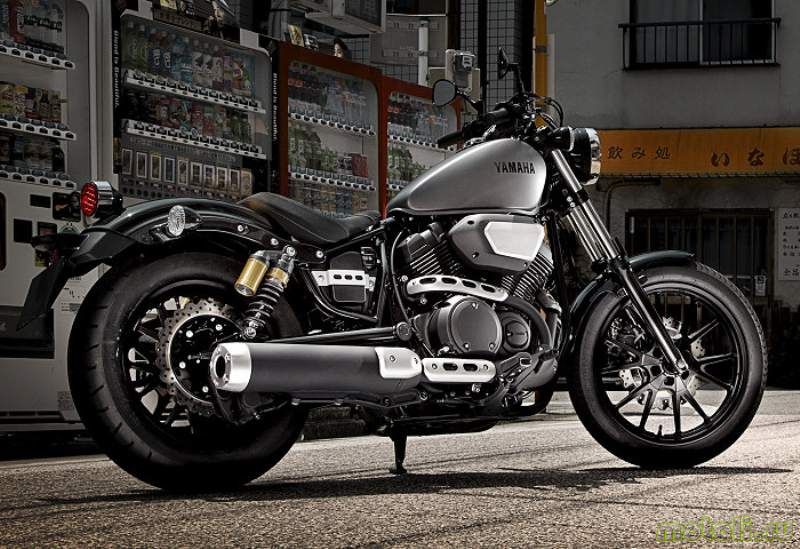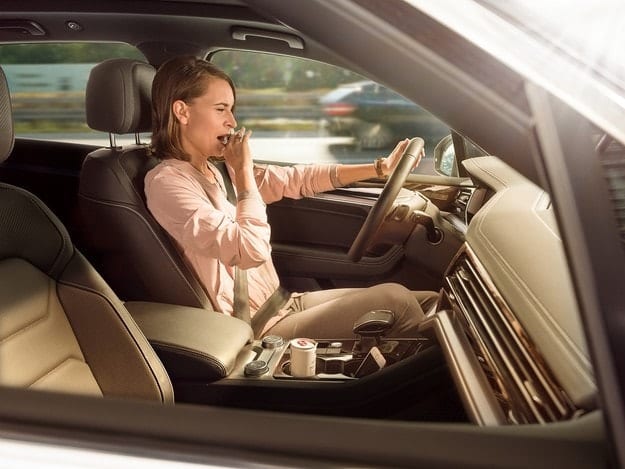
New Bosch system monitors passengers
Content
More safety and comfort thanks to artificial intelligence
The driver falls asleep for a few seconds, gets distracted, forgot to put on the seat belt - many things that happen in the car can have serious consequences. In order to avoid critical driving situations and accidents, it is planned that in the future cars will use their sensors not only to monitor the road, but also for the driver and other passengers. For this, Bosch has developed a new body monitoring system with cameras and artificial intelligence (AI). “If the car knows what the driver and passengers are doing, driving becomes safer and more comfortable,” says Harald Kroeger, Member of the Management Board of Robert Bosch GmbH. The Bosch system will go into series production in 2022. In the same year, the EU will make safety technology that warns drivers of drowsiness and distraction part of the standard equipment of new cars. The European Commission expects that by 2038 the new road safety requirements will save more than 25 lives and help prevent at least 000 serious injuries.
Body monitoring will also solve the main problem with self-driving a car. If the responsibility for driving the car should be transferred to the driver after automatic driving on the highway, the car must be sure that the driver is not sleeping, not reading the newspaper and not writing emails on his smartphone.
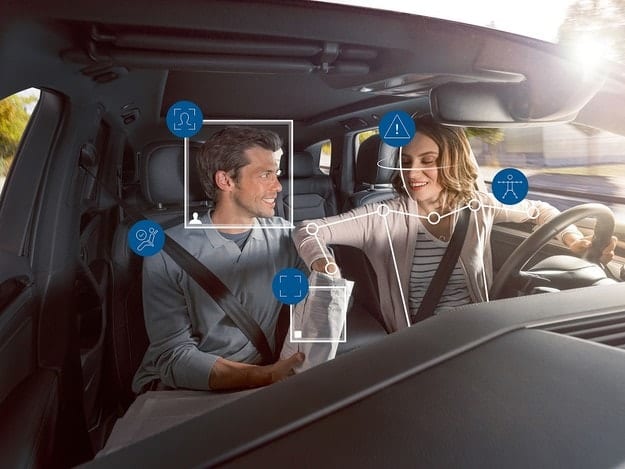
Smart camera constantly monitors the driver
If the driver falls asleep or looks at his smartphone for just three seconds at 50 km/h, the car will drive 42 meters blind. Many people underestimate this risk. International studies show that one in ten accidents is caused by distraction or drowsiness. That's why Bosch has developed an interior monitoring system that detects and signals this danger and provides driving assistance. A camera built into the steering wheel detects when the driver's eyelids are heavy, when he is distracted, and turns his head to the passenger next to him or to the back seat. With the help of artificial intelligence, the system draws appropriate conclusions from this information: it warns the careless driver, recommends rest if he is tired, and even reduces the speed of the car - depending on the wishes of the car manufacturer, as well as legal requirements.
“Thanks to cameras and artificial intelligence, the car will save your life,” says Kroeger. To achieve this goal, Bosch engineers use intelligent image processing and machine learning algorithms to teach the system to understand what the person in the driver's seat is actually doing. Take driver drowsiness as an example: the system learns using records of real driving situations and, based on images of eyelid position and blink rate, understands how tired the driver really is. If necessary, a signal corresponding to the situation is given and the appropriate driver assistance systems are activated. Distraction and drowsiness warning systems will become so important in the future that by 2025 the NCAP European New Car Assessment Program will include them in its roadmap for vehicle safety analysis. something important in the field of body monitoring: only the software in the car will analyze the information provided by the body monitoring system - images will not be recorded or sent to third parties.
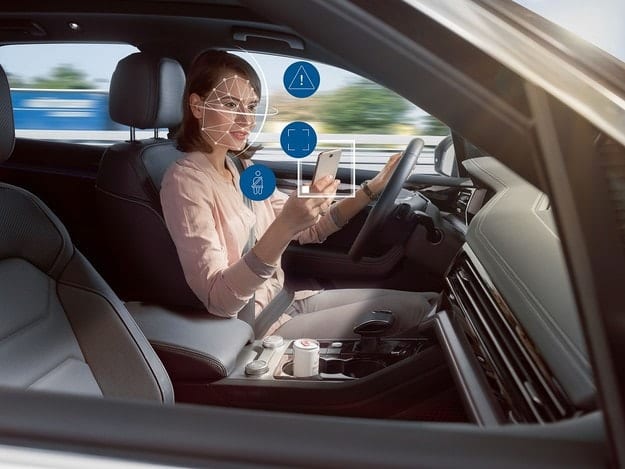
Like in a relay: responsibility for the steering wheel passes from the car to the driver and back
When cars start to drive on their own, it will be extremely important for them to understand their drivers. With automatic driving, cars will drive on highways without driver intervention. However, they will have to relinquish control to their drivers in difficult situations such as areas under repair or when approaching a freeway exit. So that the driver can safely take the wheel at any time during the automatic driving phase, the camera will ensure that he does not fall asleep. If the driver's eyes are closed for a long period of time, an alarm sounds. The system interprets the footage from the cameras to determine what the driver is doing at the moment and whether he is ready to react. The transfer of responsibility for driving is done at the right time in complete safety. “The Bosch driver monitoring system will be essential for safe automatic driving,” says Kroeger.

When the car keeps the camera eyes open
The new Bosch system monitors not only the driver, but also the other passengers, no matter where they sit. A camera mounted above or below the rearview mirror controls the entire body. She sees the children in the back seats unfasten their seat belts and warns the driver. If the passenger in the back seat leans far forward, sitting at an angle or with his feet on the seat, the airbags and the belt tensioner will not be able to reliably protect him in the event of an accident. The passenger surveillance camera can detect the position of passengers and adjust the airbags and seat belt tensioner for the best possible protection. The internal control system also prevents the opening of a seat cushion next to the driver if there is a children's basket. One more thing about children: the sad fact is that parked cars can become a death trap for them. In 2018, more than 50 children died in the United States (source: KidsAndCars.org) because they were briefly left in the car or slipped quietly. The new Bosch system can recognize this danger and instantly alert parents by sending a message to a smartphone or making an emergency call. Lawmakers are interested in technological solutions to solve this problem, as evidenced by the Hot Car Act, which is currently being discussed in the United States.
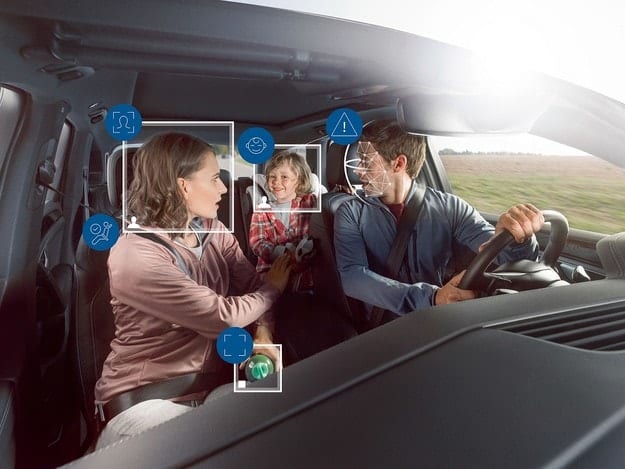
Great comfort with a camera
The new Bosch system will also create more comfort in the car. The surveillance camera in the passenger compartment can recognize who will take the driver’s seat and adjust the rearview mirror, seat position, steering wheel height and infotainment system in accordance with the predefined personal preferences of the respective driver. In addition, the camera can be used to control the infotainment system with gestures and a sight.
